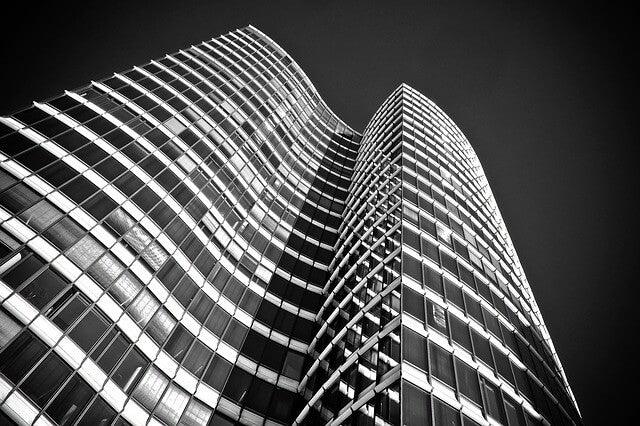40% OFF ALL LEED EXAM PREP PRODUCTS! | PASS YOUR EXAM CONFIDENTLY, ON YOUR FIRST TRY!
40% OFF ALL LEED EXAM PREP PRODUCTS! | PASS YOUR EXAM CONFIDENTLY, ON YOUR FIRST TRY!
Add description, images, menus and links to your mega menu
A column with no settings can be used as a spacer
Link to your collections, sales and even external links
Add up to five columns
Add description, images, menus and links to your mega menu
A column with no settings can be used as a spacer
Link to your collections, sales and even external links
Add up to five columns
LEED For Building Design And Construction (LEED BD+C) Rating Systems In Details
3 min read

All types of buildings—whether newly constructed or any type of existing buildings going through major renovations while keeping the core structures of the buildings—will fall under the LEED BD+C category. Single-family and multifamily homes between one and eight stories will be classified under the LEED for Homes category.
To be eligible for the rating systems under LEED BD+C, at least 60% of the project’s gross floor area should be completed by the time of LEED certification, with the exception of LEED BD+C: Core and Shell Development. (See below.)
1) LEED BD+C: New Construction and Major Renovation
This is the most general rating system that addresses design and construction activities for both new buildings and major renovations of existing buildings. For existing buildings, this rating system includes major HVAC improvements, significant building envelope modifications, and major interior rehabilitation.
This rating system is for buildings that do not fall under the other LEED BD+C rating systems described below, which are buildings that primarily serve K–12 education, retail, data centers, warehouses and distribution centers, hospitality, or health care.
2) LEED BD+C: Core and Shell Development
This is for projects in which the developer controls the design and construction of the building core and the entire mechanical, electrical, plumbing, and fire protection system. However, it does not involve the design and construction of the tenant fit-out (which is called the core and shell construction). An example would be an office-building project in which the common spaces are constructed by the developer and the tenant spaces are left out, allowing the tenants to construct their own custom designs in their office spaces.
The requirement to be eligible for this rating system is to construct less than 40% of the interior total gross floor area. For all the other BD+C ratings systems, 60% of the project’s gross floor area should be completed by the time of LEED certification.
The LEED BD+C: Core and Shell Development rating system is also eligible for precertification. Once the developer has established a goal to develop a LEED BD+C: CS project, USGBC will grant a precertification to aid in marketing the project to potential tenants and financiers for the unique and valuable green features of the proposed building. Precertification will be granted after USGBC reviews the early design documents of the project. However, the precertification will not guarantee the LEED certification since the LEED certification will be given at the end of construction, when all the requirements are met.
3) LEED BD+C: Schools
This is for buildings made up of core and ancillary learning spaces on K–12 school grounds. It can also be used for higher education and nonacademic buildings on school campuses.
4) LEED BD+C: Retail
This is for retailers such as banks, restaurants, apparel stores, electronics outlets, big- box stores, and everything in between.
5) LEED BD+C: Data Centers
This is specifically designed and equipped to meet the needs of high-density computing equipment.
6) LEED BD+C: Warehouses and Distribution Centers
This is for buildings that are used to store goods, manufactured products, merchandise, raw materials, or personal belongings (in self-storage).
7) LEED BD+C: Hospitality
This is for hotels, motels, inns, or other businesses within the service industry that provide transitional or short-term lodging with or without food.
8) LEED BD+C: Healthcare
This is for hospitals that operate twenty-four hours a day, seven days a week and provide inpatient medical treatment, including acute and long-term care.
Also in Projectific Blog

What Changes In LEED v5 & When Will The LEED Exams Will Be Based On LEED v5?
2 min read
As building professionals prepare for this significant update, two critical questions arise: what are the major changes in LEED v5, and when will the LEED credential exams transition to the new version?

How LEED Handles Recyclables With The Storage And Collection Of Recyclables Prerequisite
2 min read

LEED Heat Island Reduction Credit Explained
2 min read

